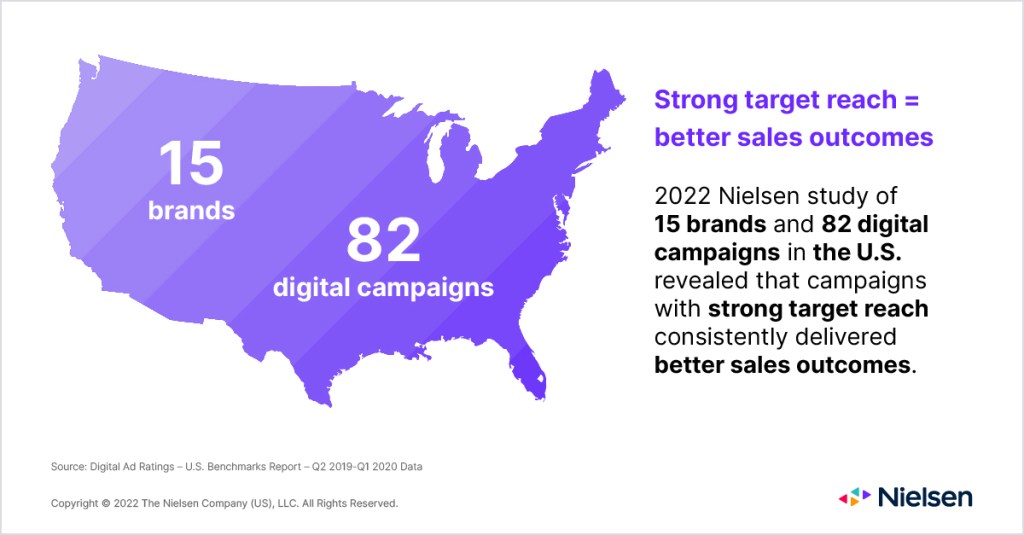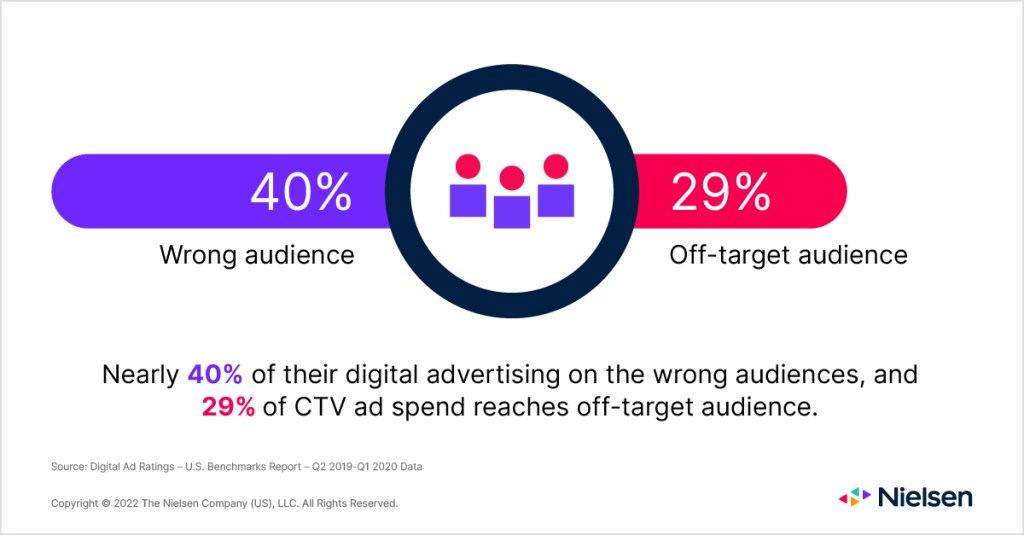
During times of economic unease, there can be a knee-jerk reaction to tighten the belt and slash the budgets—especially in the marketing and advertising departments.
However, there’s also a long and storied track record of how risky this approach is. Deprioritizing marketing erodes brand share and relevance and can make it that much harder to make up for lost ground when markets bounce back.
As the classic industry idiom goes, “When times are good, you should advertise. When times are bad, you MUST advertise.”
Marketers know this already. But, occasionally, others in the company need more convincing. And a powerful rationale is one that anticipates concerns, addresses reality and sets everyone up for success on the other side.
To that end, here are three marketing strategies that will help you acquire new customers, promote sales in the long term and adjust to dynamic and unpredictable circumstances. By following these practices—and making the right case to finance—you can protect your budgets and reinforce their impact.
Strategy #1: Double down on unique audience reach
Even during booming economic times, it’s tempting for companies to chase the low-hanging fruit of quarterly revenue. During a recession, that temptation grows even stronger as everyone’s financial anxieties start to climb. They want cash flow, and they want it now.
However, as all marketers know, revenue is the end point of a much longer sales funnel. During tough times, it’s even more important to grow your base and acquire new customers, especially as your current customers may change their spending habits.
One of the best proxies available for new customer acquisition is unique audience reach: how many unique individuals saw your campaign across different apps, sites and devices.
Unique reach is a deduplicated metric. That means it counts individuals instead of frequency, regardless of which device they’re on. Without deduplicated metrics, your ads may rack up thousands of impressions but only reach a relatively small audience.
Especially during a recession, when you want to broaden your audience, it’s critical to know if you’re actually expanding your reach or just targeting the same folks over and over. By following this metric, you can continuously optimize ad placements and select the media partners that deliver fresh eyes.
At the end of the day, you can’t convert new customers if you never reach them. In fact, a 2022 Nielsen study of 15 brands and 82 digital campaigns in the U.S. revealed that campaigns with strong target reach consistently delivered better sales outcomes.

Strategy #2: Define your audience—and then dig deeper
Audience targeting is the most important tactic for global marketers, but it becomes even more important during an economic downturn. As the C-suite looks everywhere to cut spending, you don’t want to use budget to reach an audience that wasn’t going to convert in the first place.
If you generally consider your audience to be fairly broad—Millennials living in mid- to large-sized cities—you may need to focus on a smaller niche, like single millennials between 28 and 35 living in the 20 largest metro areas who bought a sedan in the last five years and are now looking for an SUV. The pool of potential consumers may shrink, but ideally your ad resonates with more of them.
This kind of refined reach allows you to put your message in front of your ideal customer as they go throughout their day, follow them as they cruise the internet, and retarget visitors who come to your website.
To make the case for these capabilities, stress that consumers are likely to change their behavior during the economic downturn. As incomes and spending habits shift, your conception of the ideal customer may have to transform as well. To that end, traditional demographic data may not be enough to identify your core audience. A simple solution is to augment those data sets with psychographic, behavioral, purchase-based, and media consumption information.
Strategy #3: Always be ready to adjust on the fly
Ignore this advice if you’re one of the marketers who has a perfect strategy that works every time, under every economic scenario.
For the rest of us, we need to create a feedback system spanning all of our campaigns that allows for real-time adjustment, experimentation, and optimization. Because here’s the unfortunate truth: It’s easy to throw dollars at the wrong people. In fact, brands waste nearly 40% of their digital advertising on the wrong audiences, and 29% of CTV ad spend reaches off-target audiences.

The potential for wasted spend is higher during a recession when whoever we’re targeting might be in a constant state of flux (see above).
There are two great ways to spot and capitalize on advertising opportunities. The first is using in-flight metrics. Ideally, you’ve got a single tool that analyzes reach, frequency and gross rating points across platforms AND delivers data daily, regardless of the size of the campaign, the platform or even the device.
The other is by owning your marketing performance data. When you don’t, you’re dependent on outside firms that likely don’t use transparent measurement systems you can access. This is even more pronounced when your data partners work on different timelines than you. As supply chains get disrupted and inflation continues rising, trends and tastes will evolve even more quickly, and the last thing you want is to be waiting on metrics that are days or even weeks old to make crucial decisions.
To advocate for resources that open up access to near real-time performance data, emphasize that it’s difficult to predict consumer behavior when bad economic news abounds. So, despite all of your best efforts, a campaign might flounder—and isn’t it better to cut your losses and move on before tapping your quarterly budget?
To learn more about our resilient marketing solutions, explore our Audience Segments and Digital Ad Ratings offerings.


